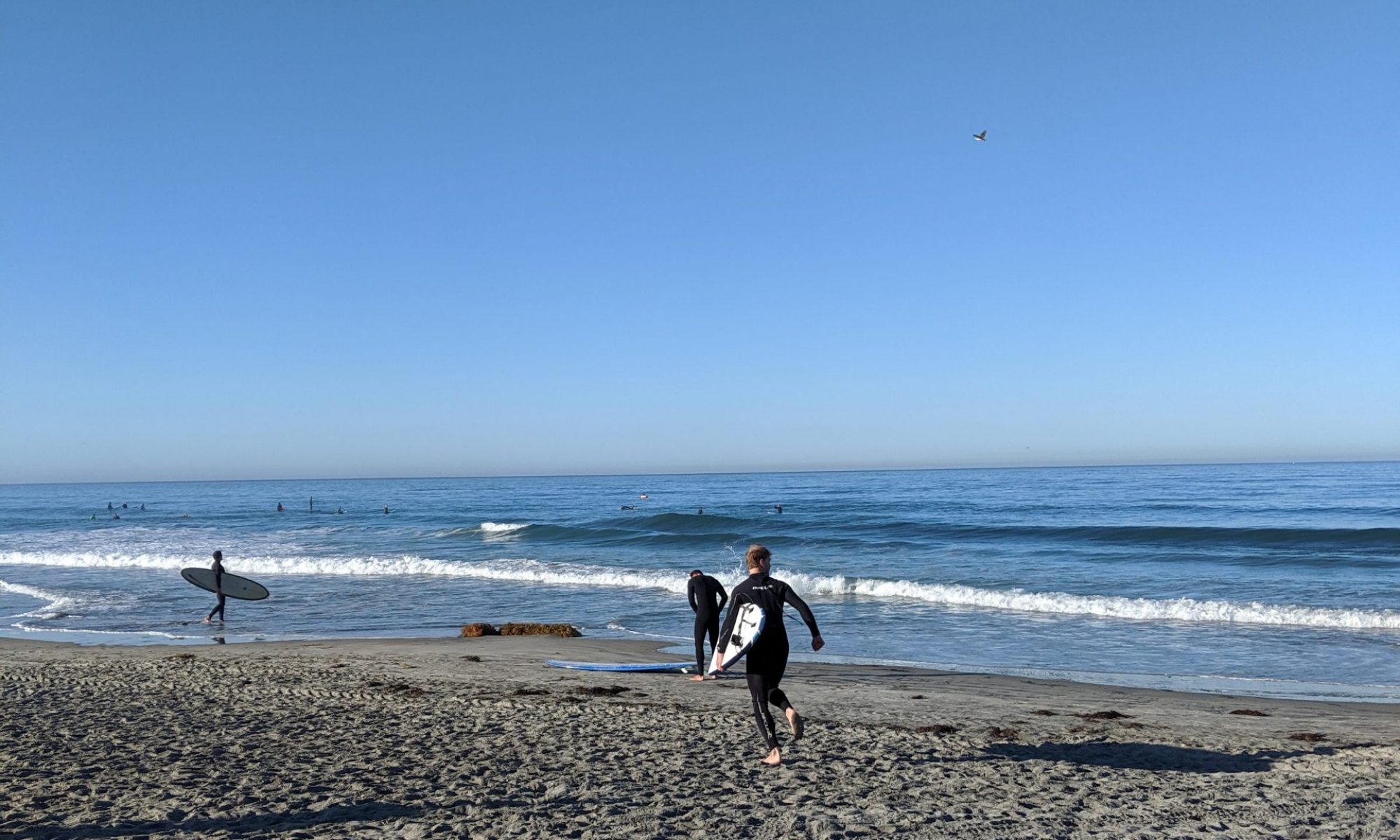While doing some background research for a future publication, I quickly checked the search trends for a few keywords. To my surprise, just a few days ago, one of my favorite keywords Spatial Audio had a spotlight moment not seen in 5 years:
A closer look revealed that the spike happened on June 23rd. What happened there that made so many people google for spatial audio?
The Apple Worldwide Developers Conference happened. It was announced that the AirPods Pro will get a big upgrade this fall—a “spatial audio” feature! I presume lots of tech savvy people were curious to find out more about spatial audio. Let’s see how this trend continues …








